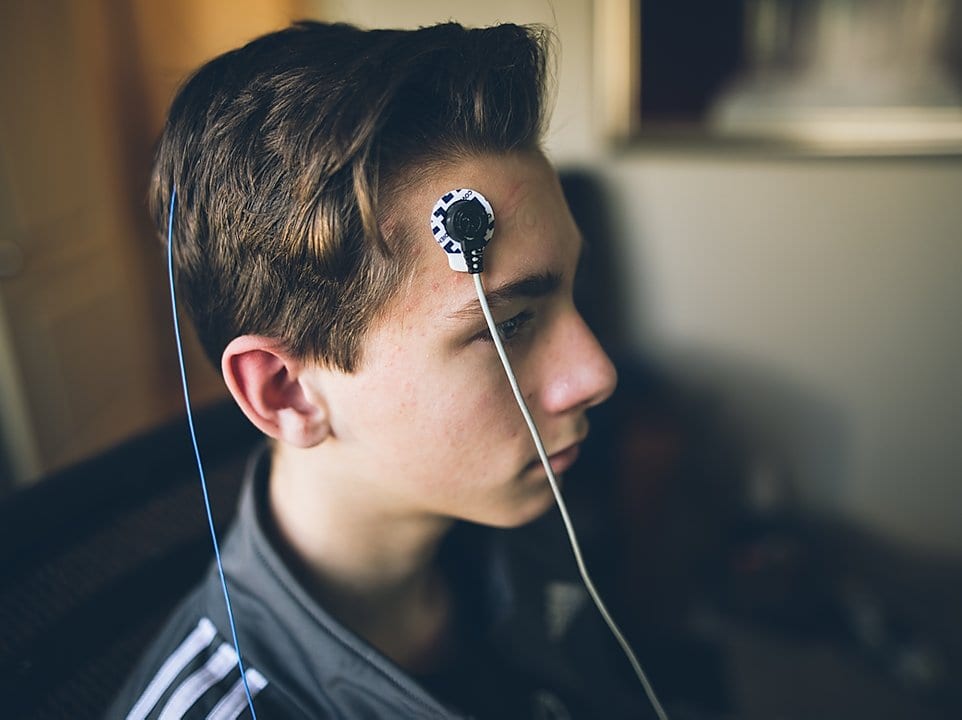
What is neurofeedback therapy?
Neurofeedback (also known as EEG neurofeedback) is a type of biofeedback that uses real-time monitoring of brain activity to teach self-regulation of brain function. It involves attaching sensors to the scalp to measure brain waves, and then giving feedback on those waves through visual or auditory cues. By learning to control their own brain activity, individuals can improve their cognitive functioning and emotional regulation.
What conditions can it treat?
Neurofeedback (NFB)training can be used to treat a number of mental health conditions, such as attention deficit hyperactivity disorder (ADHD), anxiety, depression, epilepsy, traumatic brain injury, and insomnia, among others. Unlike medication, which chemically alter the functioning of your brain and body, NFB simply reads the electrical signals your brain is already producing and uses operant conditioning to gently encourage it to do something else.
ADHD
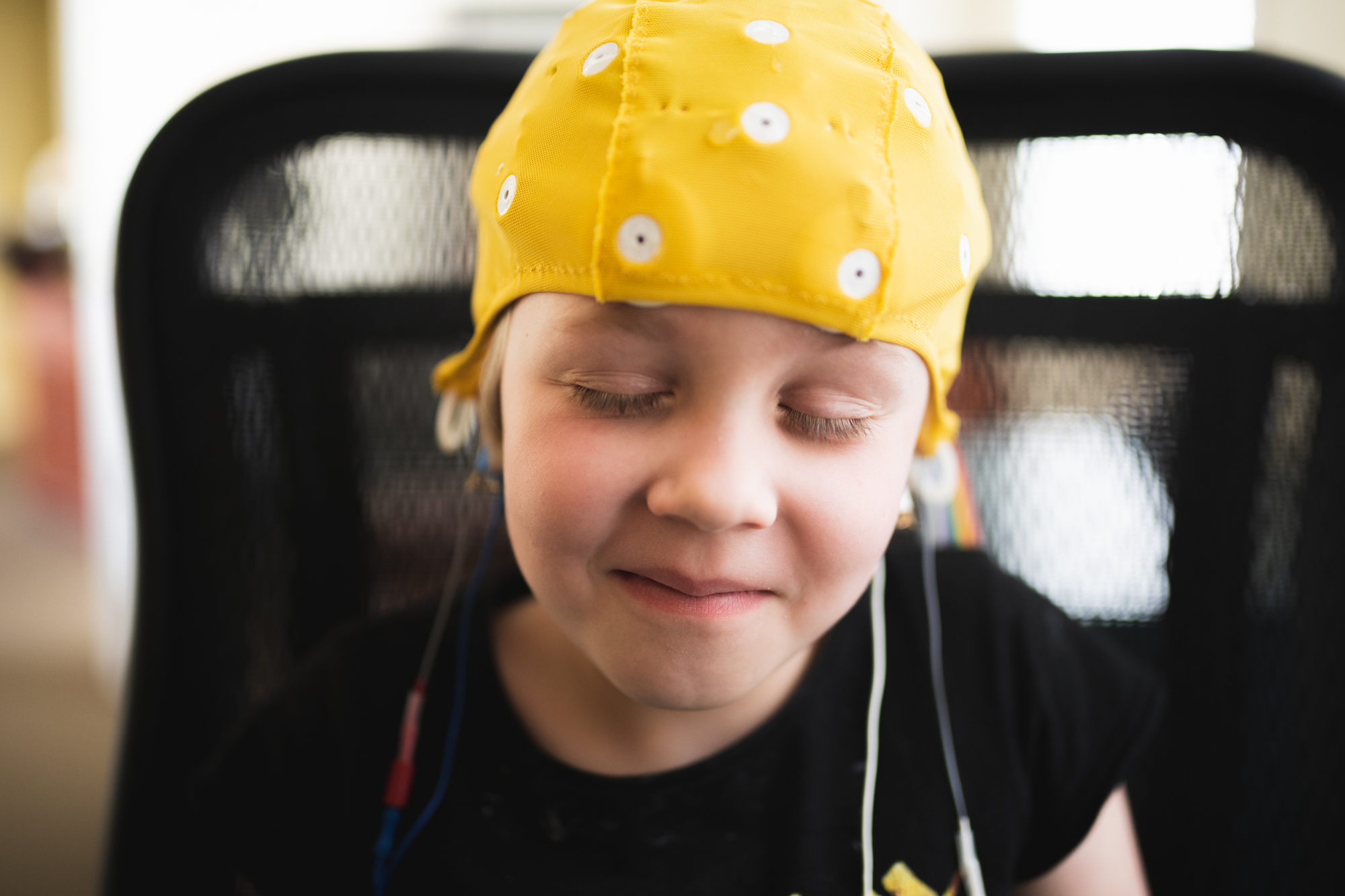

Mood Disorders
Trauma Disorders
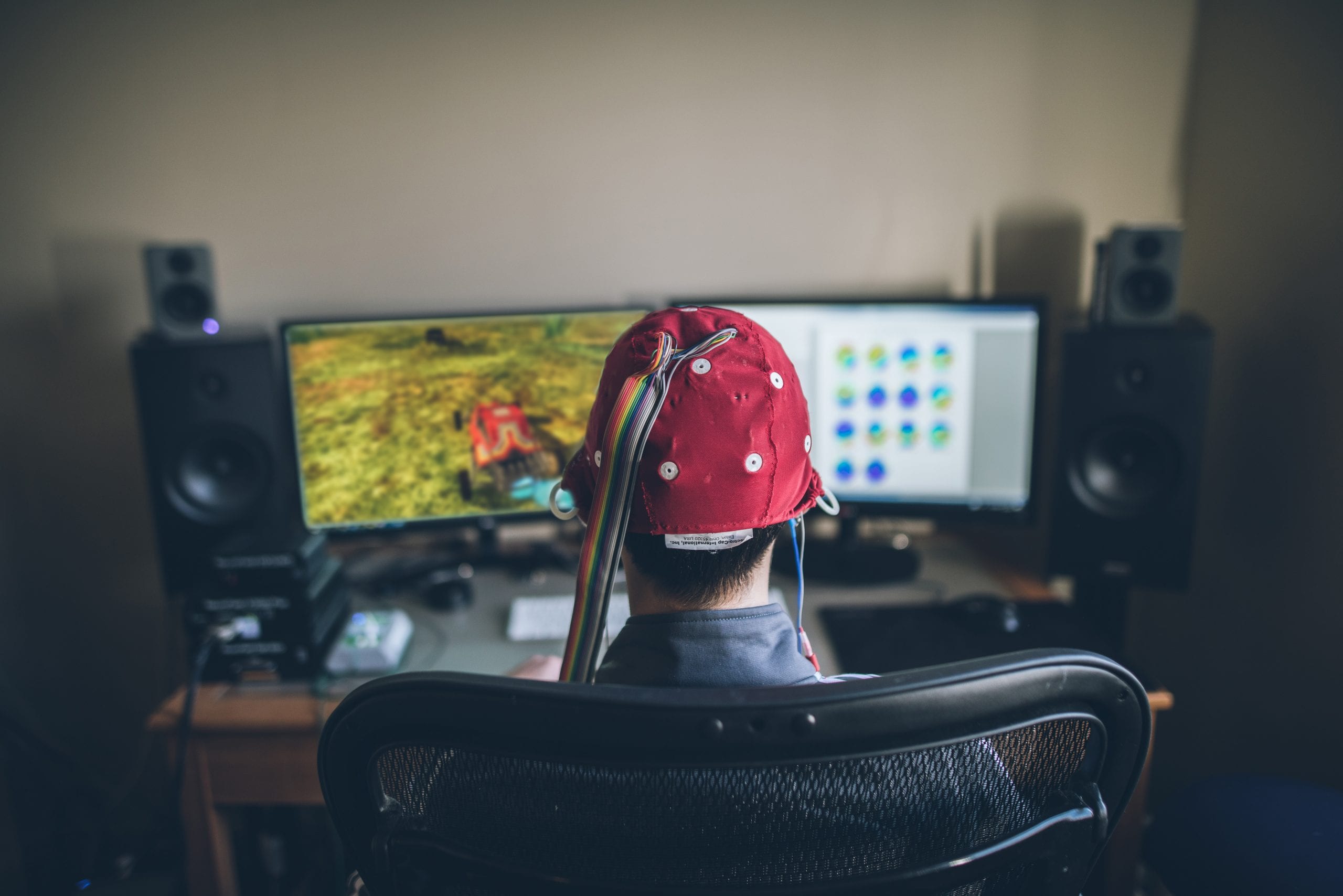
Is neurofeedback safe?
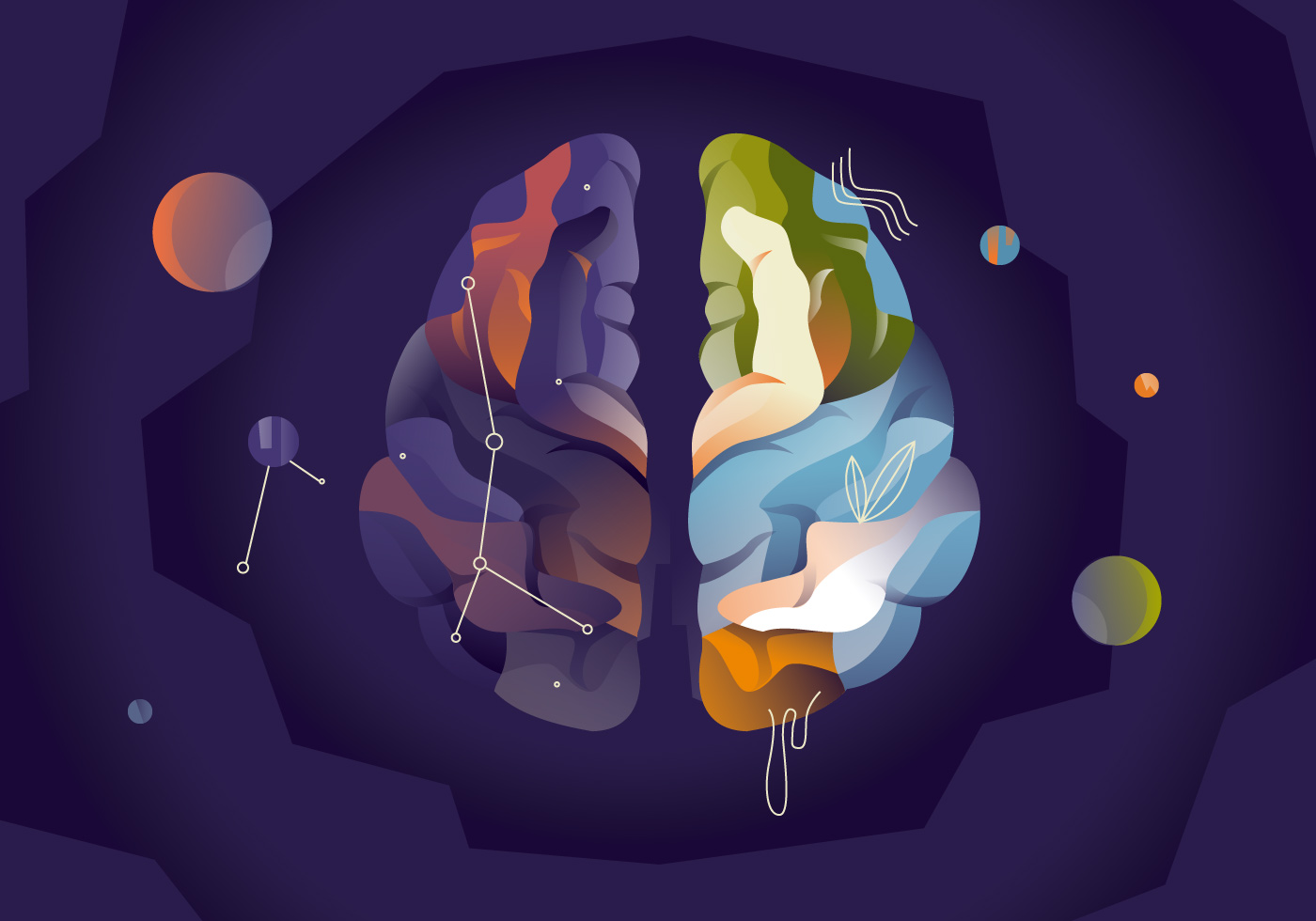
NFB is a non-invasive procedure with few, if any adverse effects (negative side effects). Everybody's brain works a little differently, but most people feel relaxed and peaceful after a neurofeedback training session.
Depending on the symptoms we are treating, some people feel mentally fatigued after a session, but that feeling usually dissipates as your brain gets used to the activity.
What can I expect from a neurofeedback session?
When we first begin treatment, we recommend meeting with one of our therapists for an initial therapeutic intake session, which will assess your overall mental health. This is usually covered by insurance and is used to get the full picture of your symptoms, your treatment goals, and overall wellbeing.
After the intake, we will record a qEEG of your brain (quantitative electroencephalogram), which we call a "brain map". By recording an EEG, we can see how much the brain is producing of each frequency and which areas are out of sync with each other. This usually takes an hour and a half.
With this recording we can compare the electrical activity of your brain to a database of qEEGs, which will then show us any differences you may have to other brains recorded under similar circumstances.
The valuable information we get from your qEEG combined with the information our therapist gleans from the initial intake appointment, we create a personalized protocol that is specifically designed for your brain and your goals.
In each subsequent session, we place electrodes on your head and you simply sit back and relax while the software does the work. In most cases you'll watch a show of your choosing, and if your brain produces the brain waves we are encouraging, the screen will get brighter and the volume will increase (the reward). If your brain stops creating the brain waves we are encouraging, or too much of the waves we are trying to discourage, the screen will go dim and the volume will decrease.
Your brain is smart and catches on quickly to what it supposed to be doing.
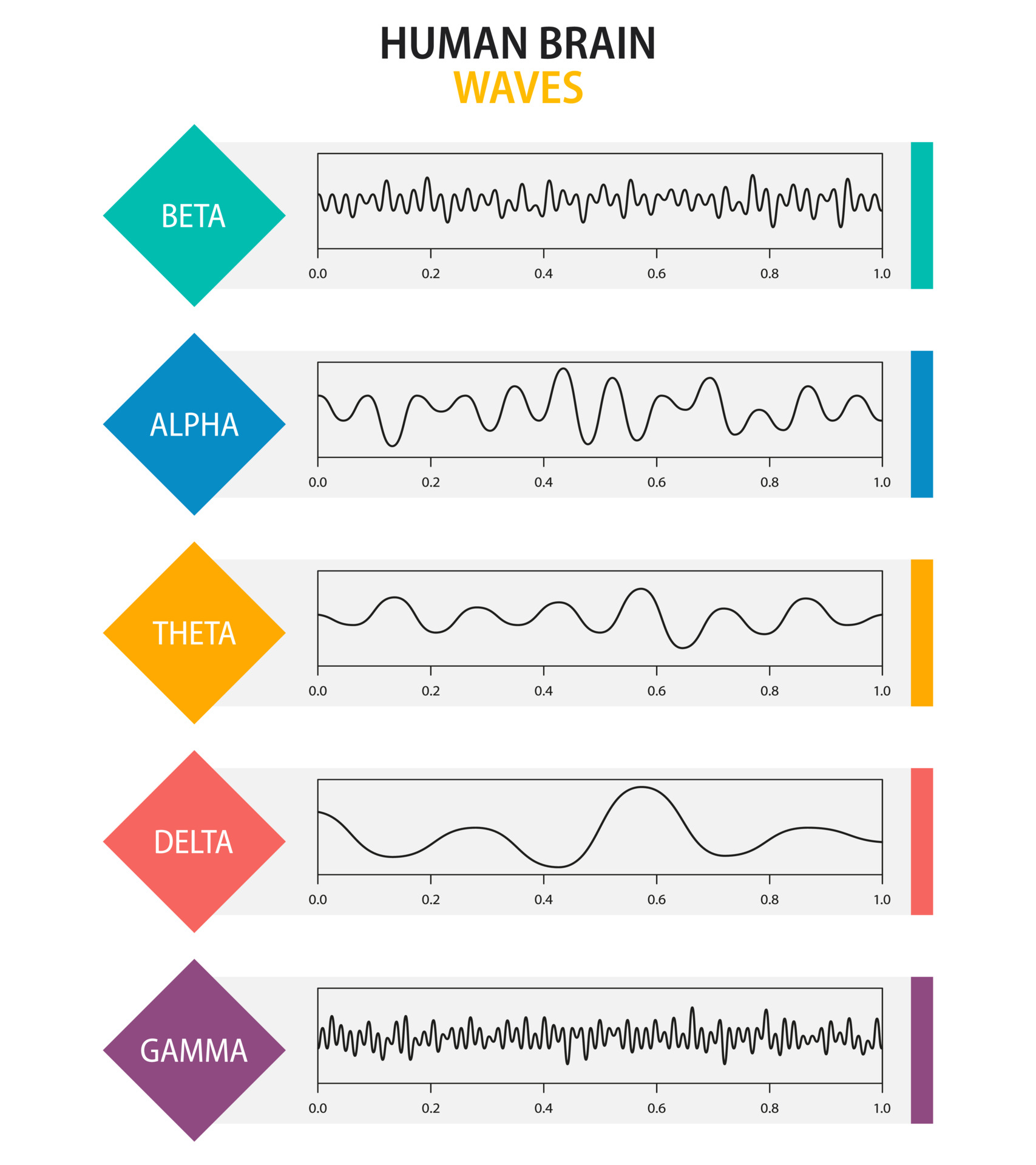
How does neurofeedback work?
Neuroplasticity is the brain’s ability to develop and re-organize new connections. When we learn new languages or skills, our brain creates new neural pathways that connect the skills to the appropriate part of the brain.
As you grow, your brain gets used to behaving in a certain way in response to external stimuli. Over time, those pathways become automatic. Neurofeedback training helps pave new pathways that are better suited to your overall wellness goals. We use operant conditioning (positive feedback), which is the process of using rewards to encourage behavior, to stimulate the brain into producing specific types of brain wave activity in specific areas of the brain.
Brain wave activity
Neurofeedback works by recording and adjusting the brainwaves of four primary electrical pulses within the brain. These include:
Is neurofeedback covered by insurance?
As a stand alone procedure, neurofeedback is not generally covered by insurance. However general biofeedback may be partially covered depending on the overall treatment plan and in conjunction with therapy.
Contact your insurance provider for more information.
How much does neurofeedback cost?
Nationally, traditional neurofeedback generally costs between $75 to $200 per session depending on the protocols and treatment plan. Patients see the greatest benefit from three sessions a week until the treatment plan has been completed (approximately 25-50 sessions).
Here at Utah Therapy Works we try and make all treatment as accessible as possible to budgets of every size. Contact us for more information.
What types of neurofeedback do you offer?
Every brain is different and there is no one size fits all. We use several different types of neurological training so we can best meet the needs of each individual patient. A combination of entrainment, stimulation, biofeedback, and TMS.
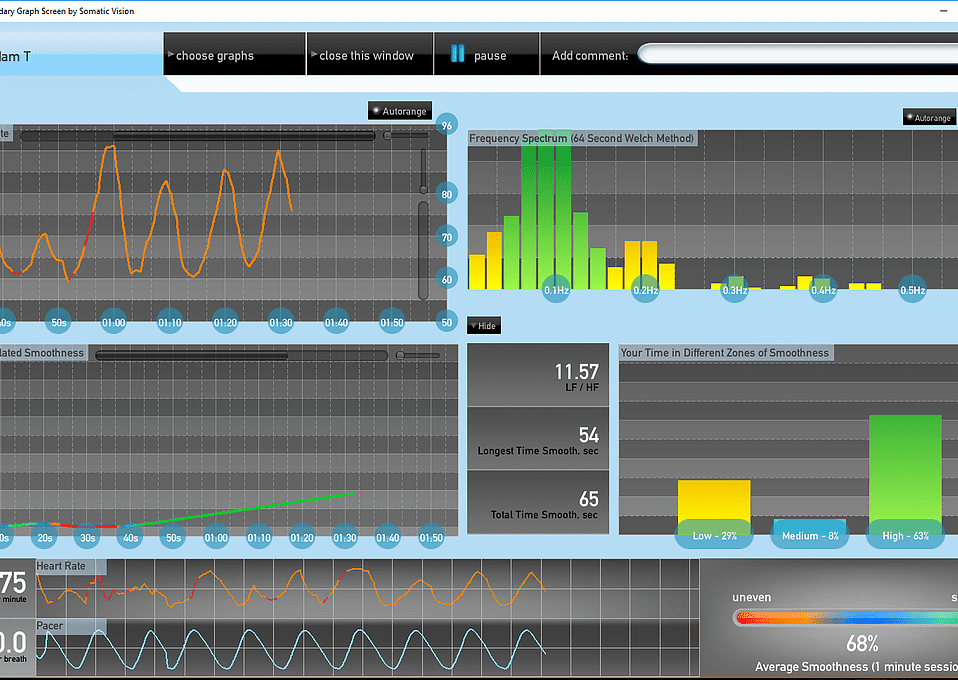

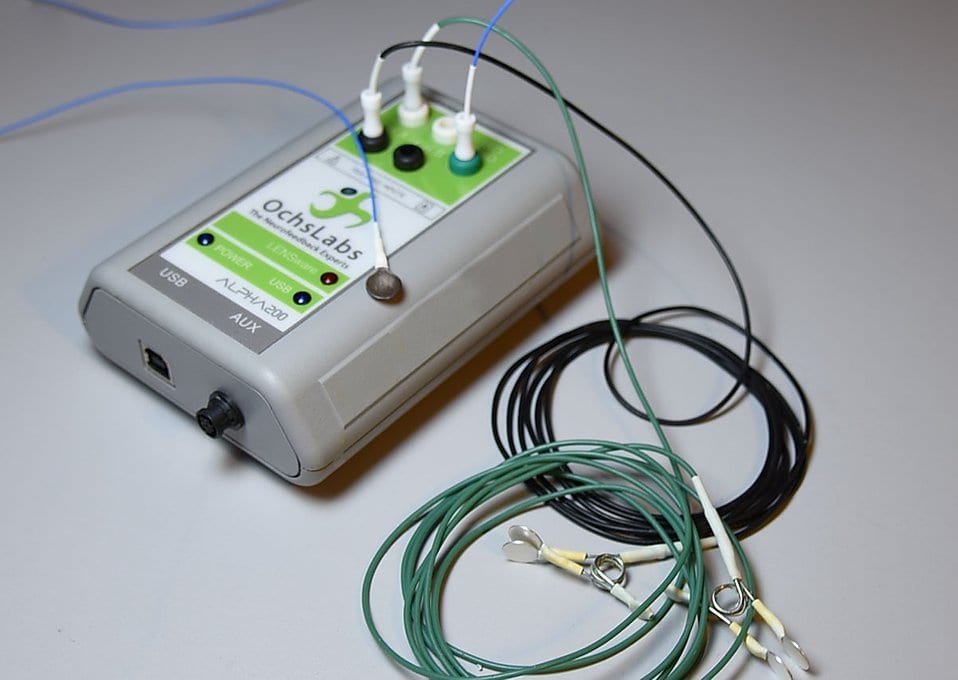
Feedback/Entrainment
The computer uses visual and auditory stimulus to reward the patterns we want to encourage and teach the brain to self-regulate. I also use EMF waves and electrical current to encourage the new frequencies then use traditional feedback to reward them and make them permanent. Treatment can take anywhere between 20 and 40 sessions depending on symptoms and responsiveness to treatment.
We use multiple tools for entrainment, including:
Heart rate Variability
HRV is a form of biofeedback in which the computer paces your breathing and indicates when the variability in your heart increases. This practice decreases anxiety and makes your autonomic nervous system less reactive and more flexible. I almost always include HRV if time permits, particularly if I’m treating any kind of mood disorder or attention problems.
LENS
The Low Energy Neurofeedback System uses mild electromagnetic frequencies to disrupt dysfunctional patterns and help the areas of the brain connect in a more optimal way. With this device, we treat the entire brain, one spot at a time. Treatments with the LENS are brief but powerful in treating many disorders.